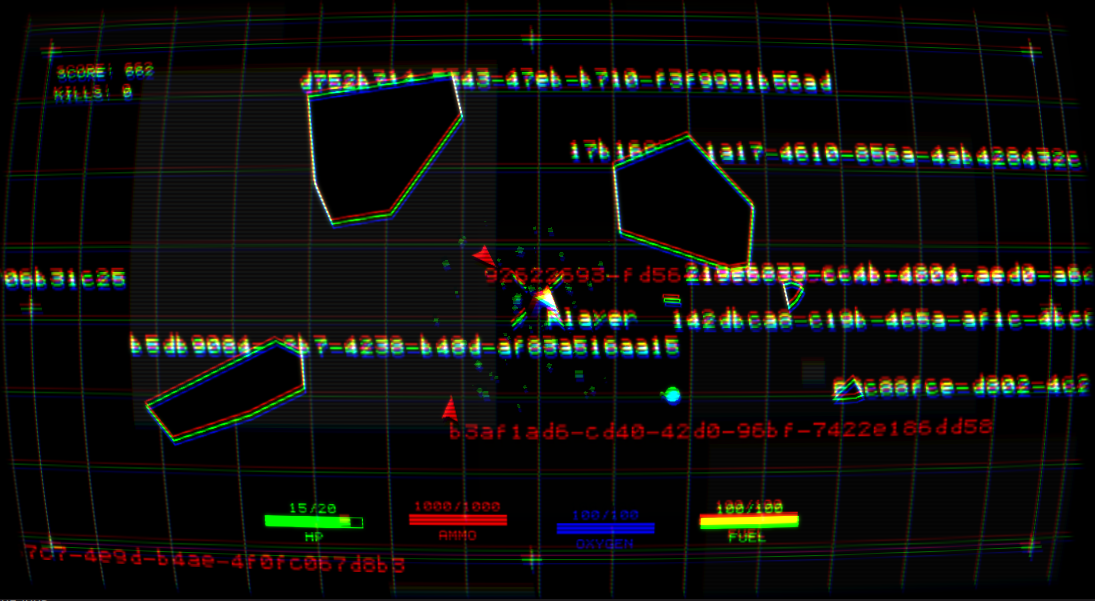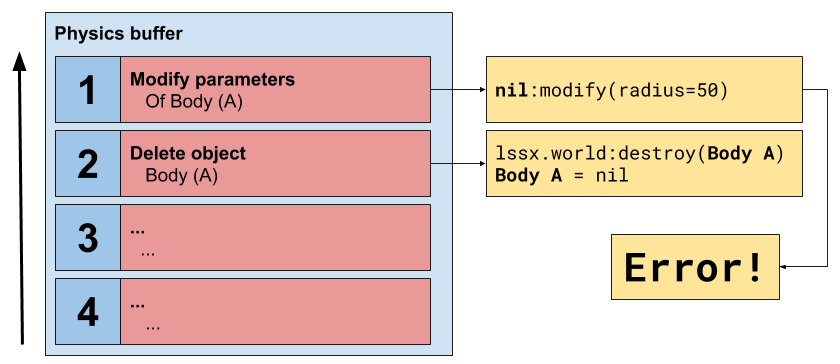Game link: https://ttxi.itch.io/lssx\ Presentation: https://ftp.cass.si/5cTO0kDM0Y.pdf\ Whitepaper: https://ftp.cass.si/==QMwAzN3g.pdf
EPQ, Extended Project Qualification, is holy grail for brainlets applying to university (e.g. me).
Why is this? Why would any rational person take on such a thing that requires you to actually, physically give a presentation upon completion?
If you somehow manage not to burn out mid-project and write your essay in a mostly coherent fashion, then hey! You're up for a solid chance of getting an A/A* AS qualification. Honestly no-one cares about the fact that it's another qualification, the real reason why people take it is that universities tend to love that you're being independent, taking on your own research and setting goals - it's supposed to set you up for uni life and as such they'll decrease their entry requirements by one grade.
i.e. AAA --> AAB
Yep, your hours of toiling over your dumb project will result in a slightly increased probability of landing your first choice, great right?
Anyway, I decided to do what's known as an artefact (as opposed to a typical essay), in essence, something you create: art, a story, clothing. I opted to program something (since y'know, it's like the only thing I can use to create anything).
The result is lssx.
What is lssx?
It's LOVE Space Shooter X of course!
And what exactly is LOVE Space Shooter X?
It's a fast-paced, twitchy and unforgiving space-pilot simulator from a bygone era. No, but really, it's little game written in MoonScript using the LOVE game framework.
Wowee, where can I get it?
- here: https://ttxi.itch.io/lssx
- or here: https://github.com/twentytwoo/zephyr
zephyr
Okay, lssx and all its components are really, really boring to talk about. Instead I'll blab on about zephyr.
zephyr is the dumb name for my Box2d wrapper with entity management. Considering this is my second game and the fact that I've never developed anything with more than 7 objects (a la. procedural programming) this was a fairly big deal (which I'm a little proud of). In my previous games I struggled a lot with identifying objects when colliding with something, for example:
function Object.beginContact(other)
if other == "Door"
other:open()
self:enter(other.room)
elseif other == "Spikes"
self:die()
endThe whole other is the tricky part, which door? Which door do I :open()?
Thankfully zephyr solves this in a fairly easily understandable approach (hopefully) - buuuut it does have a lot of issues. Basically, it does this:

Which tells me a Bullet has collided with an Asteroid, it also tells me which
Bullet collided with which Asteroid. This makes it super easy to identify
object's in a table via the use of UUIDs. \ All physics interactable objects
are placed in a single globally accessible table (which I named lssx.objects),
and upon any two objects colliding the following Box2D callback function is ran:
Physics.beginContact = (a, b) ->
lssx.objects[a\getBody()\getUserData().hash]\beginContact(b, a)
lssx.objects[b\getBody()\getUserData().hash]\beginContact(a, b)Let's trace through it:
= (a, b) ->
a, b: The two fixtures colliding.\
a, b
a and b are fixtures - and fixtures have bodies.\ Bodies have something
called UserData which can be used to store all kinds of useful miscellaneous
information that you can manually add, like Universally UNique Identifiers
(UUIDs).
If I were to draw all the game objects' UUIDs' next to the object, it'd look like:

If you can recall from earlier, all game objects are assigned a UUID and placed
in the lssx.objects table. This means that we can add the UUID to the bodies
UserData - and it can be used as a sort of text-only pointer.
self.hash = UUID()
self.body:setUserData({["hash"] = self.hash})Each game object has a function called beginContact that get's ran when
something collides with us.\ Now we get to the good part:
lssx.objects[a\getBody()\getUserData().hash]\beginContact(b, a)
a: The fixture a\getBody(): Get a's body\getUserData().hash: Get the bodies' UserData, get the value of keyhashin the UserData tablebeginContact(b, a): Run the beginContact on the object with keyhash(it's a UUID)
That might seem painfully complicated, but I did zero research on engine devving
and entity management but it's what I came up with and works out actually quite
nicely. Doing things this way also allows me to add custom hashes, for example
the Player has a hash of Player (look at the above image) which makes it super
easy to access through the rest of the program.
It allows me to do things like this,
-- in an object (e.g. Player.moon)
beginContact: (other) =>
collObj = lssx.objects[other\getBody()\getUserData().hash]
switch collObj.__class
when 'coin'
collObj\Pickup()
collObj\Destroy()
when 'spikes'
@Die()Which is just honestly the easiest thing I could possibly imagine. \ Unfortunately lssx itself kind of got all spaghetti-coded and zephyr was mixed all up in it. I'm going to develop and improve zephyr on it's own since I find it quite nice to work with, although it could definitely use with some improvements.
Box2D world steps and removals
So we have this amazing function that can easily recognise objects and fixtures
and wow it's just so totally great. Buuuut, you can't edit bodies inside a
callback function (beginContact) because it's running within the Box2D world
step.
Instead you'd have to add such commands to a buffer/stack/whatever, a buffer that gets ran after the world step, when it's safe. Simple enough. I came up with a fairly nice solution that did this and removed duplicates:
Physics.update: (dt) ->
lssx.world\update(dt)
Physics.runBuffer()
Physics.buffer = {}
Physics.addToBuffer = (func, hash) ->
hash = hash or UUID()
Physics.buffer[#Physics.buffer+1] = {func, hash}
Physics.runBuffer = () ->
hash = {}
if #Physics.buffer > 0 then
for i = #Physics.buffer, 1, -1 do
-- Detect if we've already seen this function before
-- So we don't try and delete the same body twice
if (not hash[Physics.buffer[i][2]]) then
Physics.buffer[i][1]()
hash[Physics.buffer[i][2]] = true
table.remove(Physics.buffer, i)Which was nice and all for a bit, but then I started running into a looot of bugs, the following was occurring:

The solution, two buffers! (gee bill), one for general body manipulation and other other solely dedicated to removing things, this one gets run at the very end of the frame.

So yeah, that's lssx and zephyr.
Thanks for reading :3
